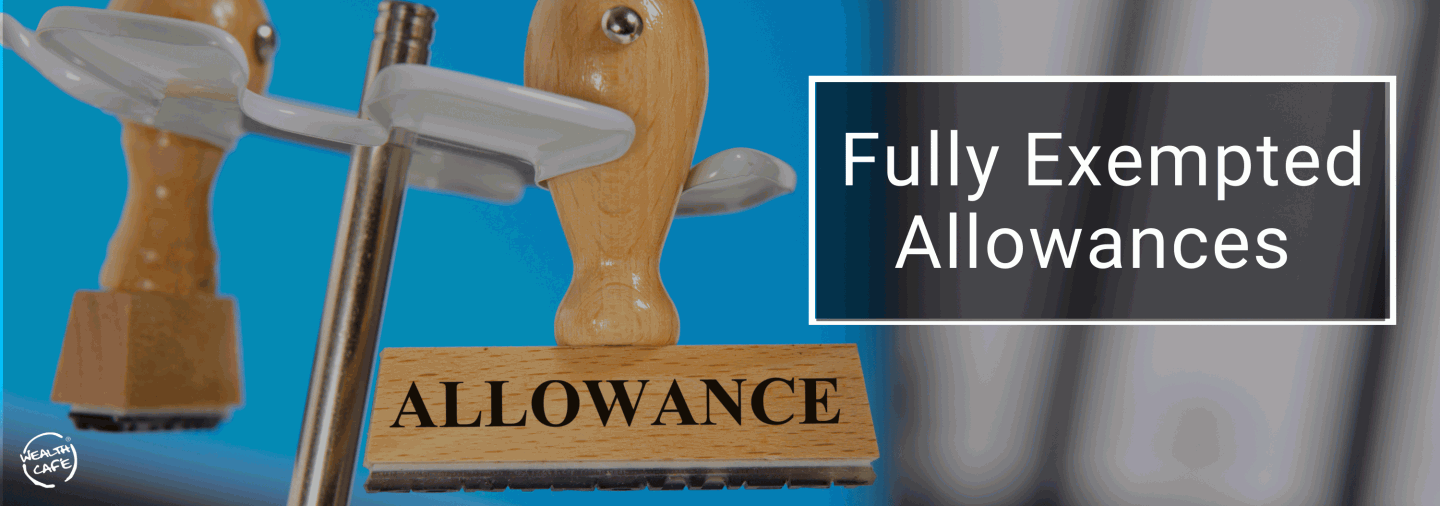An Allowance is a financial advantage given to employees on top of the regular salary. Allowances are considered to be part of the salary structure in Indian Payroll. Based on the tax behaviors, allowances are divided into three categories; Taxable, Non-taxable, and Partially Taxable allowances.
The allowances given to an employee which form a part of their salary but are fully exempted from tax are called non-taxable allowance.
The following allowances are fully exempted for all employees:
1. Uniform allowance
An allowance that has been provided for the purchase or maintenance of a uniform that is to be used during duty in the office is called a uniform allowance. This allowance could be availed only for the specific uniform stated by the organization. Generally, it is not significant to embellish details of such expenses incurred unless the expense is not commensurate with the salary. In most cases, it is not required to keep proof of documents as a simple declaration meets the requirement.
2. Academic and Research Allowance
Allowance endowed for the reason of promoting academic and research-related training, education, or professional duties is known as academic or research allowance.
3. Travelling Allowance
Any allowance provided to meet the charges of travel on tour or the transfer of duty is called travelling allowances. Allowances about the cost of travel on transfer include any amount paid to transfer, packaging, and transportation of such transfer.
4. Helper Allowance
In certain peculiar cases, the employer might allow the employee to recruit a helper for performing his official duties. In such cases, a helper allowance is granted.
5. Daily Allowance
Daily allowance is provided to employees to meet the daily expenses incurred when on tour or for the period of a transfer in the job. This type of allowance is bestowed when the employee is not in the usual place of duty.
6 . Conveyance Allowance
Allowance for conveyance is provided to employees to compensate them for the cost incurred while travelling for official duties. However, the employer doesn’t get paid for the commute from home to work as it is not considered an official duty. The allowance for travel from home to work is treated under another section of allowance termed as ‘Transport allowance’, which isn’t exempt from tax.
The following allowances are fully exempted for certain employees only
1. Allowances Paid to Government Employees Abroad
When servants of the Indian Government travel abroad for assignments they receive an allowance to carry out their expenditure in another country. These allowances are exempted from tax liability.
2. Allowances Paid to UNO Employees
The allowances received by UNO employees are free from tax liability.
3. Allowances Paid to Judges of HC & SC
Judges of the High court and Supreme Court get allowances that are exempt from tax. These allowances are known as sumptuary allowances.
4. Compensatory Allowances
The compensatory allowances received by Judges of the High Court and Supreme court are also exempted from tax as per the Income Tax Act.
To know more about Benefits available to government employees - Read here
Note: These non-taxable allowances can become taxable if the amount is received but not spent by the employee.



